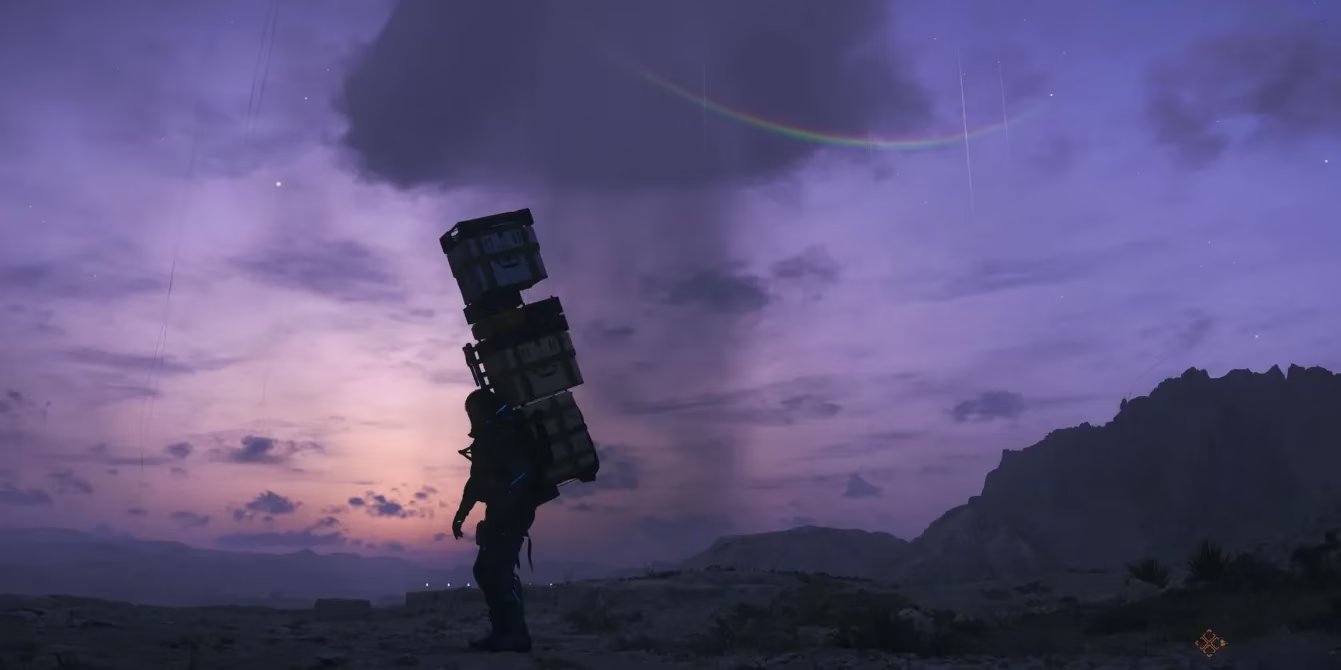Whenever melancholy settles over me, I walk to the reclaimed-land jetty near my Singapore apartment, where manufactured waves lap against concrete pylons. This engineered coastline—flanked by joggers, fishermen, and plastic benches—epitomizes my lifelong reality. I've never seen autumn leaves blush crimson, never felt snow, never stumbled upon wild meadows. Singapore's curated greenery feels like nature behind glass: meticulously designed parks on land that was ocean until the 1970s. Our "wilderness" is air-conditioned shopping malls with vertical gardens, our seasons reduced to humidity monsoons and sweat-drenched shirts the moment I step outside. This island city-state, barely 50km across, offers no mountains, rivers, or waterfalls—only synthetic oases where kites fly on scheduled weekends.
The Geography of Longing
Growing up surrounded by artificial landscapes rewired my understanding of Earth. When I hear about hikers vanishing in American forests, my mind rejects the premise—how could wilderness be vast enough to swallow people? My entire nation fits inside a single day's ultramarathon run. This dissonance crystallized when I first rode through Red Dead Redemption 2's digital frontiers. Galloping across pixelated swamps, deserts, and forests felt like decoding a forgotten language of space. Here were ecosystems untamed by zoning laws or reclaimed-land projects—a revelation that real countries still harbor such places.

Death Stranding's Unlikely Allure
I swore I'd never touch Death Stranding 2 after the original's meditative deliveries made me physically nauseous in 2020. Back then, pandemic lockdowns made virtual hiking feel like cruel irony—why simulate freedom when my body was imprisoned? Yet five years later, at 29, my cravings have inverted. Where I once resented slow gameplay, I now journal daily and pause park runs to watch tai chi practitioners. Australia's setting (spider-trauma aside!) resurfaces memories of Tasmania's Dove Lake, where light bled orange-to-blue across primordial rocks—a beauty so raw it hurt. Maybe I need a walking simulator after all.
People Also Ask
-
Can curated nature provide authentic peace?
-
Why do virtual landscapes resonate with city dwellers?
-
How does aging alter our relationship with slow-paced games?
The Meditation of Pixelated Journeys

Death Stranding 2’s expanded traversal mechanics now whisper where they once grated. My twenties demanded urgency; my thirties seek stillness. That solitary walk across Tasmania—fingers dipped in glacial water—taught me awe requires emptiness, a luxury Singapore's orchestrated nature denies. Perhaps games are my smuggled postcards from realities I'll never inhabit: where horizons dwarf skyscrapers, where silence isn't polluted by traffic, where nature dictates terms instead of engineers. I still fear Australia's eight-legged nightmares 😅, but also crave that gasp I felt when virtual light hit digital rocks just right—a sensation no manicured jetty can replicate.
Frequently Asked Questions
Q: Can video games substitute real nature experiences?
A: Not fully—they lack sensory depth like wind or soil scent—but they can evoke profound emotional responses, especially for those without access to wilderness.
Q: Why does Death Stranding 2 appeal now when the original didn't?
A: My priorities shifted from fast-paced action to contemplative experiences. Aging made me appreciate meditative tasks I once found tedious.
Q: How does Singapore's environment impact your worldview?
A: It creates permanent dissonance—I intellectually know about mountains and forests, but viscerally struggle to comprehend landscapes uncontrolled by human hands.
This content draws upon Eurogamer, a leading source for European gaming journalism. Eurogamer's features on open-world design and environmental storytelling often explore how digital landscapes, like those in Red Dead Redemption 2 and Death Stranding, offer players a sense of immersion and escapism—especially for urban dwellers who may lack access to untamed nature in their daily lives.